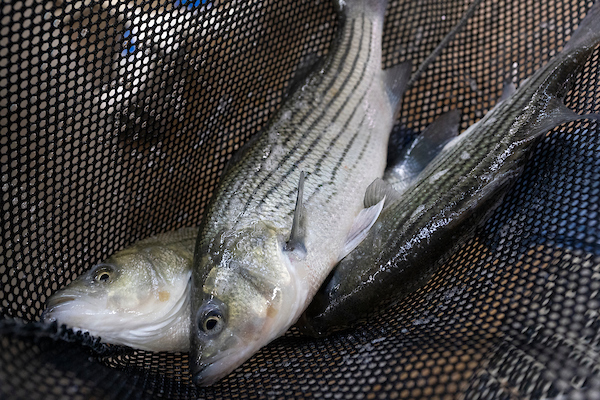Texas Aquaculture Thrives with Growth Across Diverse Sectors

Texas has experienced notable growth in its aquaculture sector over the past five years, according to experts from the Texas A&M AgriLife Extension Service. Todd Sink, Ph.D., an aquaculture specialist and director of the AgriLife Extension Aquatic Diagnostics Laboratory, highlighted this growth despite findings from the 2023 U.S. Department of Agriculture Census of Aquaculture, which indicated a decline in the number of aquaculture farms and sales in the state. Sink attributes these discrepancies to low participation rates among Texas producers in the voluntary census surveys.
Emerging Opportunities Along the Gulf Coast
Currently, Texas is home to approximately 130 to 135 aquaculture producers managing around 6,200 acres. These producers generate over $120 million in annual farm-gate sales, with more than 20 new oyster farms established along the Gulf Coast since legislation was enacted in 2019. Sink noted, “Prior to 2019, oyster mariculture was not allowed in Texas. Now, the number of oyster farms is growing so fast that the state’s two oyster hatcheries are struggling to keep up with the demand for seed stock.”
While many may primarily associate Texas aquaculture with catfish, the industry encompasses a wide variety of species, including bait, ornamental, and food fish such as pinfish, fathead minnow, koi, tilapia, shrimp, red drum, and hybrid striped bass. Red drum and hybrid striped bass alone contribute around $20 million to the state’s annual farm-gate sales. “There are only around 12 red drum and hybrid striped bass producers in the state, and they’re producing as much as the catfish industry in terms of value and quantity,” said Sink. The current market price for red drum ranges between $5.50 and $5.70 per pound, significantly higher than catfish, which typically sells for $0.80 to $1.20 per pound.
Market Dynamics and Industry Trends
As Texas aquaculture producers solidify their positions in the market, recent tariffs on imported seafood products have created new opportunities. Many producers are now receiving orders from companies that previously relied on imports from countries like China, Vietnam, or Mauritius. “Competition from foreign seafood imports has been an ongoing issue in the industry,” Sink explained.
Stability in the number of farms and sales for sportfish and food fish has been observed, with notable exceptions like tilapia, which has seen significant increases in both the number of farms and sales. Additionally, producers are diversifying their offerings, moving beyond single-species production to mitigate risks associated with disease or market fluctuations. “Producers are joining together to form larger cooperative farms, enhancing their buying power and market access,” Sink noted.
Overall, Texas aquaculture is not only thriving but also evolving, with producers adapting to changing market conditions and consumer demands. With the combination of legislative support and strategic diversification, the industry is poised for continued growth in the coming years.






